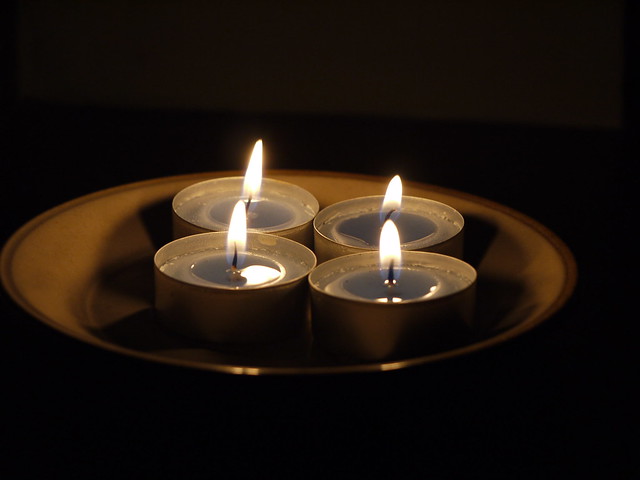Any small advantage that can gain your home or rental property those few extra views should be viewed not with caution but with wide-eyed enthusiasm. Even small things such as making sure the house has a fresh coat of paint, making sure the windows are all clean or the floors are all recently vacuumed, should not be looked down upon.
One area that most of us overlook is outdoor lighting. It’s said that you can’t change the first impression, so why are we spending so little effort in making sure that the first impression is a keeper? Subtle, strategically placed outdoor lighting can be used to make your home appear bigger, more attractive, and more sellable. You have no doubt spent a significant amount of time and effort making sure that your indoor lighting is up to scratch, so why not spend just a fraction of that time and effort making sure your outdoor lighting is just as impressive?
Safety First
Outdoor lighting is not just aesthetically pleasing but it also makes your home safer. Not only does it dissuade potential robbers from breaking into your home due to the extra exposure they would receive, but it also means you and any potential buyers are less likely to take a nasty tumble between the car and the front door.
Lit Up
Think about it, what’s the first thing a potential buyer or renter will do before they make the decision whether or not to book a viewing? They’ll have a drive past the house of course. If they are driving past at night in the dark, they won’t be able to see anything if there are no external lights and you could have just missed out on viewing.
Adding Value
It might sound too good to be true but if it’s implemented in the right way, outdoor lighting can actually increase your property value. This is especially true if your front garden is particularly attractive or there are features at the front of your house (a nice tree, a perfectly maintained flower bed or a generous space for parking perhaps) that might look quite desirable when they are illuminated.
Standing Out
Not only will an unlit home look dark and uninviting, but it will simply merge into the background. With strategically placed outdoor lighting giving your home a warm, comforting and inviting glow it will stand head and shoulders above the competition.
LED
Whilst you might (understandably) wrongly believe that outdoor lighting is an expensive pursuit, the prevalence of more energy efficient, LED lighting has meant expensive electricity bills could be a thing of the past. There are no bulbs to change, the energy efficiency is literally 10 times better than halogen bulbs and they are far more durable, meaning they are far better suited for outdoor usage. LED lights might be more of an initial investment, but their dynamism, reliability and energy efficiency will save you potential hundreds in the long run. Solar-powered outdoor LED lights are also an option.
Placement Tips
- Outdoor lights will always appear larger in the shop than they will once they are installed so be sure to take this into account when you’re shopping around.
- Place the exterior lighting in areas that can be seen from inside your home, it will add a deceptively bold extra layer to your overall lighting that will really help sell your property.
- Use different types and levels of light together to give your home a three-dimensional sense of depth. Experiment with different positions and levels until you achieve the desired effect.
- By lighting surrounding trees and bushes you can achieve a pleasant ‘spill’ effect. Also, try decorating the foliage with fairy lights, especially in winter when you can get away with it.
- Don’t go overboard. You don’t want your home to be lit up like a fairground attraction. You simply want to give the impression that it’s a comfortable place in which someone would be happy to spend the rest of their lives! So no pressure!





